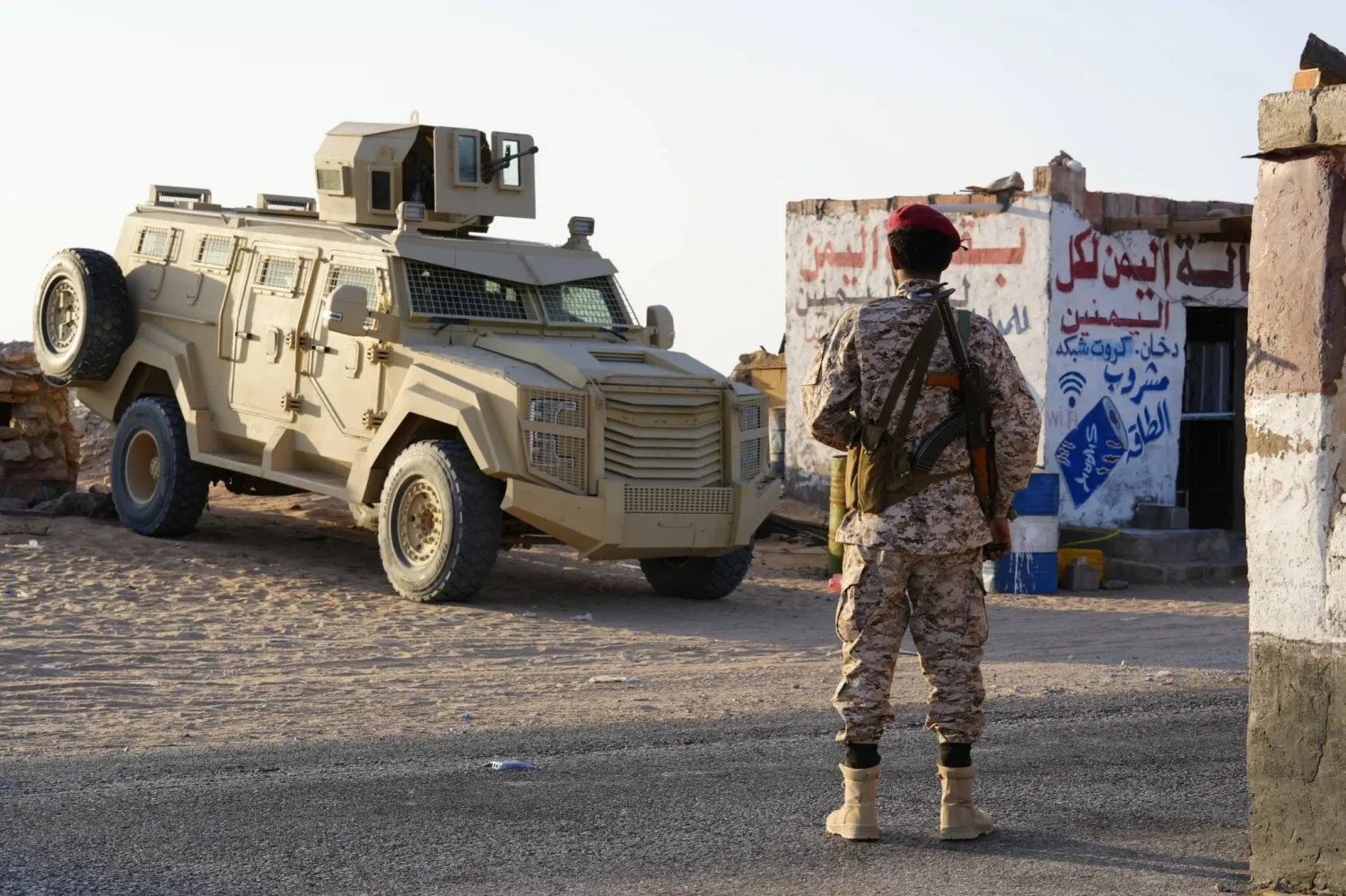US and British strikes on Houthis in Yemen are intensifying, with the group admitting the loss of 32 members.
Rashad Al-Alimi, head of Yemen’s Presidential Leadership Council (PLC), stressed that Houthi actions, not words, are what count in UN-led peace efforts.
Al-Alimi made these remarks while meeting the UN envoy Hans Grundberg in Aden on Saturday.
Grundberg is on a peace tour. It began in Tehran, moved to Riyadh, then Abu Dhabi, and concluded in Yemen’s interim capital (Aden), ahead of his upcoming report to the UN Security Council.
The UN envoy’s tour comes at a time of concern that rising tensions in the Red Sea and Gulf of Aden, sparked by the Houthis and met with US and British military responses, could disrupt peace efforts and hinder progress toward resolving the Yemeni crisis.
On Saturday, the US Central Command (CENTCOM) reported defensive strikes conducted on Feb. 9 against two explosive-laden boats and several missiles targeting ships in the Red Sea.
These strikes were aimed at areas controlled by the Houthis in Yemen and were intended to protect US naval vessels and commercial ships while enhancing security in international waters.
Houthi media confirmed strikes primarily in Hodeidah province on Friday, followed by others in Saada province.
The group also held a funeral in Sanaa for 17 of its elements, including seven colonels, whom they said were killed in US and British airstrikes.
This adds to the casualties the group acknowledged earlier and those who died during a failed hijacking attempt in the Red Sea in December.
Since Jan. 12, the US, sometimes joined by the UK, has launched about 17 strikes, including dozens of raids on Houthi-held areas in Yemen, and has also intercepted many missile and drone attacks.
Despite Houthi losses, Yemeni observers doubt that the current Western strikes will significantly weaken the group’s capabilities or reduce its threat to ships in the Red Sea and Gulf of Aden due to its guerrilla tactics.
Houthis, accused of receiving support from Iran, have carried out around 42 attacks since Nov. 19 against ships and US naval forces in the Red Sea and Gulf of Aden.
Initially targeting vessels heading to and from Israel, they have expanded their targets to include US and British ships.









